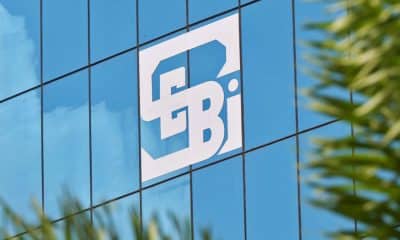Business
‘No obligation to clarify but…’: Zerodha co-founder Nithin Kamath clears air over Rs 100 crore salary
Amid reports that Zerodha’s Kamath brothers and Seema Patil will be drawing fat salaries of Rs 100 crore each, the online brokerage firm’s co-founder and CEO Nithin Kamath said that the actual remuneration drawn by the trio will be less than the figure quoted by media.
Taking to microblogging site Twitter, Kamath explained, in a series of posts, that the discount broking company has only passed a resolution for allowing the three family members to draw a salary that may equal Rs 100 crore each every year, but in reality, the actual salary drawn would not be the same.
Expressing surprise over the ‘” unwanted noise” over the news, Kamath said, “Firstly, the reported figure isn’t the actual salary being drawn. This is an enabling resolution that allows us as working promoters to draw salaries up to the number in case of liquidity requirements. Didn’t anticipate that this would get this much attention,” Kamath said adding he is surprised by the “unwanted noise” around the news.
I’m surprised by the unwanted noise around this whole salary news of @nikhilkamathcio, Seema (my wife), & me. The headlines are misleading. We are a private company & no obligations to clarify, but we thought maybe we should, as there are folks who are misinterpreting this. 1/7
— Nithin Kamath (@Nithin0dha) May 30, 2021
Although the actual salary will be lower than the approved Rs 100 crore figure, it will still be higher than the norm, admits Kamath. “Promoters don’t take out profits through salaries as it is tax-inefficient, you end up paying almost 50% in taxes,” he said.
Describing news headlines around salaries of Zerodha promoters as “misleading”, the billionaire said: “Running a business is like trading, you can be up or down very easily. It is important to take liquidity out when you are ‘up’ to de-risk. We have always done this, ~15% of profits. This also helps us in supporting our personal investments in small businesses & social causes.
Also Read: GoM formed to examine GST exemption for Covid relief material
Zerodha’s profit more than doubled to Rs 1,000 crore in FY21 from the year-ago period, largely on account of growing traction around online trading and stock investments among retail investors in India. Zerodha, which is now India’s largest stock brokerage firm, will also initiate a buyback of shares but at a valuation of $2 billion, double from last year’s buyback.






































